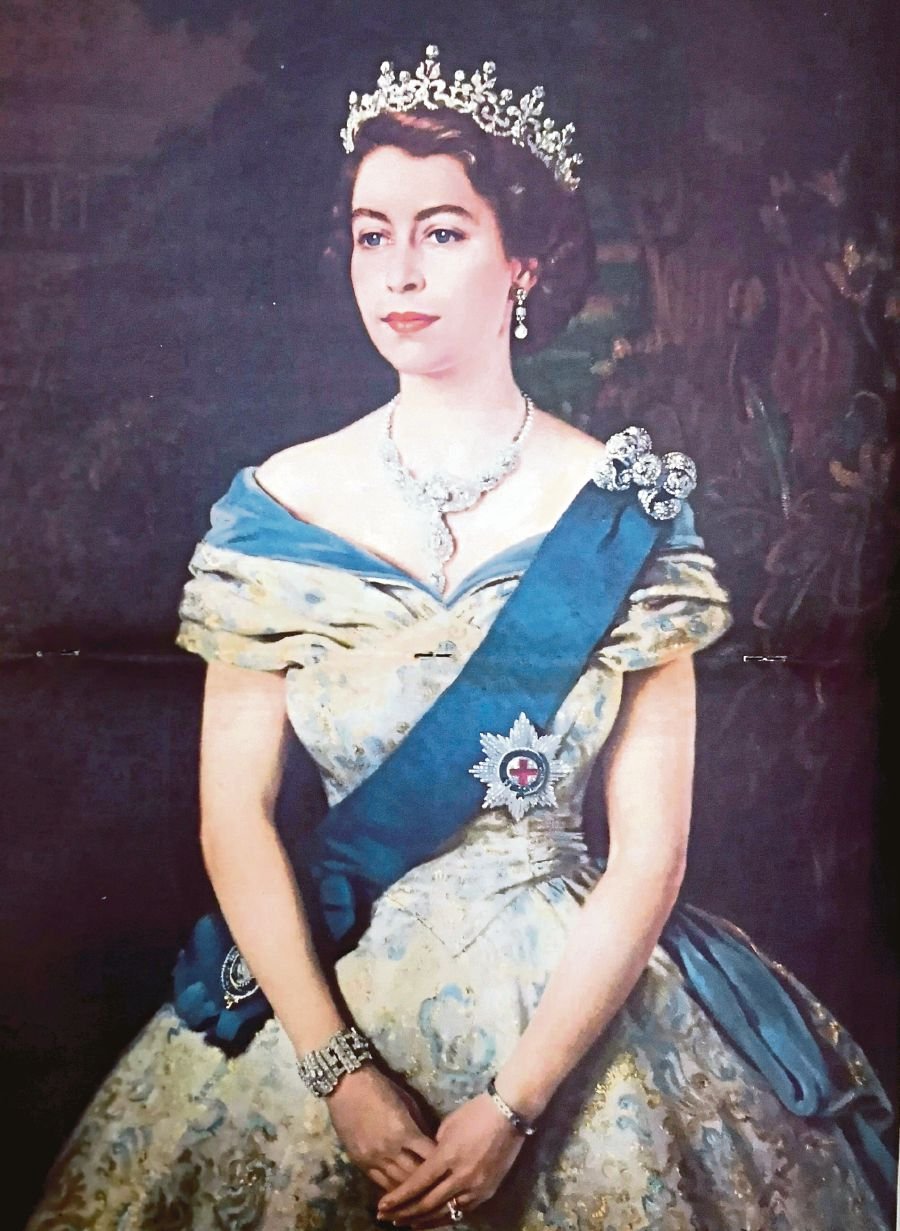Captivated by reports of the recent Platinum Jubilee celebrations in London, ALAN TEH LEAM SENG revisits coronation festivities that took place seven decades ago in Penang
THE flurry of news related to Queen Elizabeth II's Platinum Jubilee celebrations makes interesting reading for the sovereign has made history as the first British monarch to mark 70 years of service to the people of the United Kingdom, the Realms and the Commonwealth.
Born in 1926 and ascending the throne some 25 years later, her extraordinary reign to date has involved over 260 official visits overseas, including those to Malaysia in 1972, 1989 and 1998.
Commemorating her Silver, Golden and Diamond Jubilees during times of enormous social change, Queen Elizabeth II went on to break new ground by officially becoming the longest serving British monarch in September 2015.
In recognition of her unwavering sense of duty and tireless devotion to a life of service, this year's once-in-a-lifetime milestone was marked by a series of events, including a special Britannia-themed party at the Battersea Power Station.
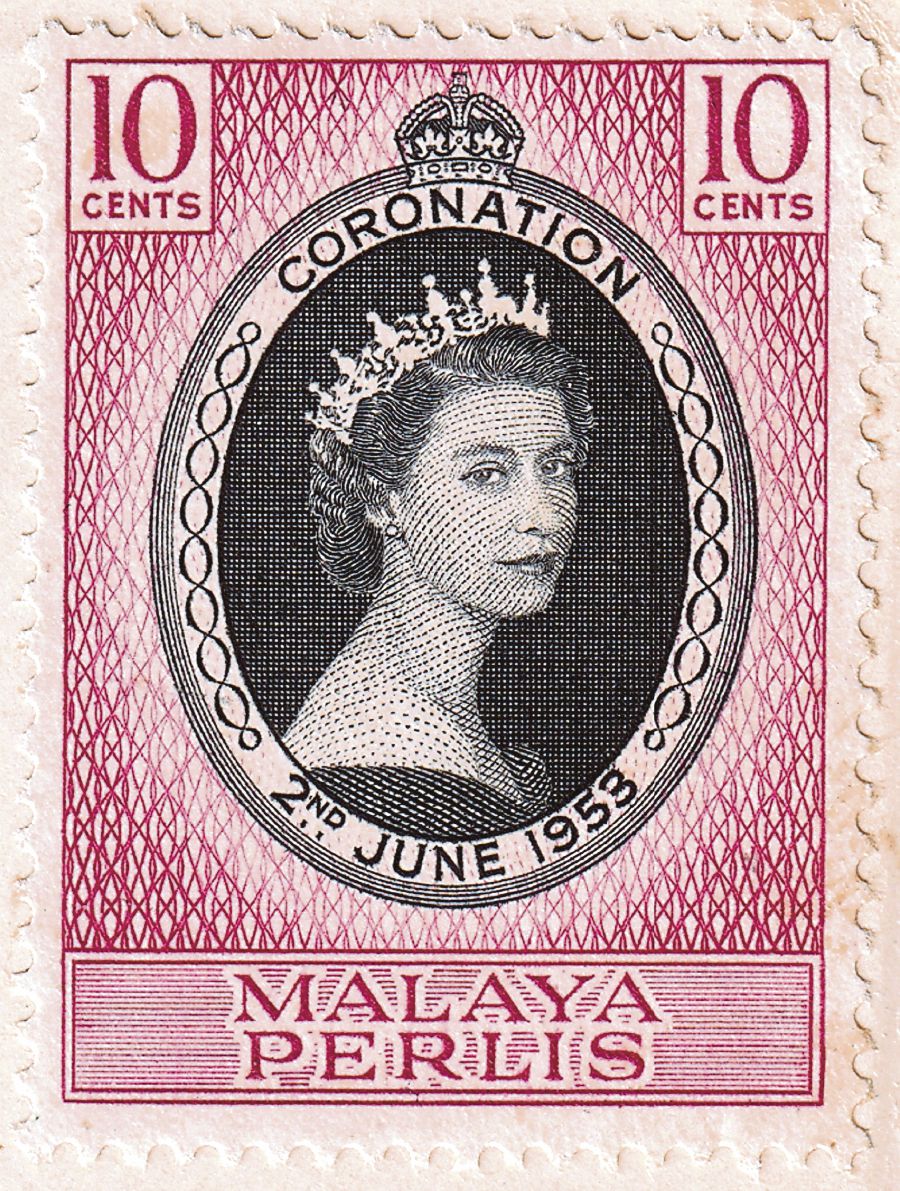
Owned by a Malaysian consortium comprising Sime Darby Property Bhd, S. P. Setia Bhd and the Employees Provident Fund, this historic central London landmark was first visited by the queen soon after the United Kingdom emerged from the ravages of World War II in 1946.
CORONATION FIT FOR A QUEEN
Images of Princess Elizabeth gracing the coal-fired power station's control rooms and turbine halls immediately bring to mind an interesting book acquired several years ago from the former home of early 20th century Alor Star community leader Loh Cheng Hoe.
A present to Loh from the Kedah British Military Administration's Senior Civilian Affairs officer Colonel Edward Victor Grace Day, The Royal Family in Wartime served as a record of King George VI and his family's activities during Britain's most trying days.
Most interesting in the illustration-filled book is a poignant photograph of Princess Elizabeth inspecting a Scottish anti-aircraft battery at around the time when the situation was at its most dire.
While contingency plans were afoot to move the seat of government to Shakespeare's town of Stratford-upon-Avon should London come under severe threat or fall into enemy hands, it was decided that Princess Elizabeth and her sister, Margaret, would not be sent away and, instead, remain to share the dangers and hardships of the country that one of them would someday rule.
A pink booklet, found together with the book in Loh's house, chronicling Queen Elizabeth II's coronation celebrations in Penang and Province Wellesley (now Seberang Prai) provides ample proof that that day did come to pass following King George VI's demise on Feb 6, 1952.
After more than a year of mourning, people from all walks of life in Malaya began looking forward to a slew of celebrations and activities planned for Coronation Week in early June 1953.
Leafing through the 16-page booklet is just like taking a walk back in time as the information contained within weaves a spellbinding tale of events that took place at various places on both sides of the Penang Strait.
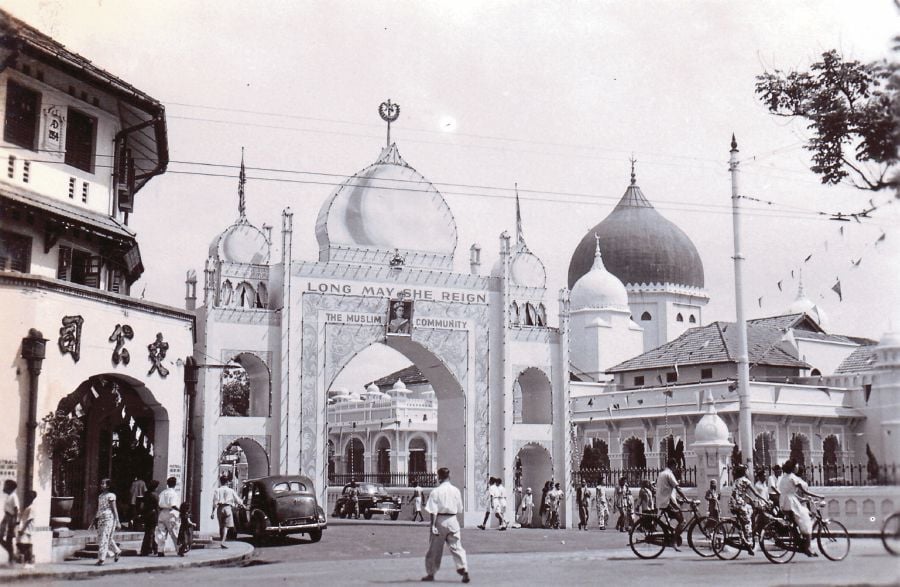
PENANG FESTIVITIES
Published by renowned local photographer K.H. Khaw from Magazine Road and printed by Queen Street's Asian Printers, the comprehensive programme details that festivities began in earnest with Coronation Sports held at Westlands School on May 28, 1953.
Two days later, this was followed by a morning thanksgiving service at the Wesley Church and free cinema screening in the evening for schoolchildren at the Anglo Chinese School Hall (renamed SMK Lelaki Methodist after its relocation to Jalan Air Itam in 1955) at Pykett Avenue.
After dinner, leading dignitaries and invited guests attended the Penang Grand Coronation Ball at the Eastern & Oriental Hotel (E&O).
Even before arriving, guests knew that they were in for a treat as the resident band was none other than the renowned Albert Yeoh Orchestra. The seven-piece set-up, consisting of two trumpets, a double bass, guitar, drums and piano was headed by local musical maestro Albert Yeoh Keng Teik, who secured his first E&O performance in 1948 at the tender age of 21.
With the ballroom packed to capacity, the band struck up a spirited rendition of the British national anthem God Save the Queen, which got everyone singing aloud lustily as soon as the Penang British resident councillor arrived. The much anticipated Coronation Day on June 2, 1953, gave guests every reason to celebrate and the merriment extended well into the wee hours of the morning.
Finally, the day that everyone had been waiting for arrived with a stunning sunrise that lit up the cloudless morning sky with promises of a bright future ahead.
After dawn prayer services at Indian temples in Queen Street, Jalan Dato Keramat and Waterfall Road as well as a solemn thanksgiving mass at the Church of Assumption, crowds began congregating at the Esplanade to watch the military parade while philatelists made a beeline for the General Post Office at Downing Street to purchase the much talked about coronation stamp.
Making the new stamp issue extra special was fact that the only other of its kind in the reign of six British monarchs, since Rowland Hill introduced the world's first postage stamp in 1840, was the one issued to commemorate King George VI's coronation in 1937. Created by Ernest James Jackman, the design was personally chosen by the queen from 20 contrasting styles submitted by his firm, Bradbury Wilkinson & Co.
THE ROYAL COLLECTION
Many were especially proud to get their hands on that newly minted stamp that day, knowing that an exact copy was making its way to the famous Royal Philatelic Collection. Estimated to be worth £100 million today, it is the most comprehensive collection of UK and the British Commonwealth philatelic items in the world belonging to the British Royal Family with the reigning monarch acting as custodian.
Said to have been established in 1864, the accumulation expanded rapidly under the reign of King George V. A notable philatelist, he purchased many rare stamps and covers at high valuations.
Acquisition of the Mauritius two pence blue for £1,450 that set a new record for a single stamp was said to have prompted an unsuspecting courtier to ask if he was aware that a fool had just paid an extraordinary amount of money for just one stamp. To that, the monarch reportedly replied: "Yes. I was that fool!"
While there are quite a number of coronation stamps in my collection, the ones prized above all are on a plain Alor Star First Day Cover sent to then Kedah Raja Muda Tunku Abdul Halim, who was pursuing a Social Science and Public Administration diploma course at Wadham College, Oxford.
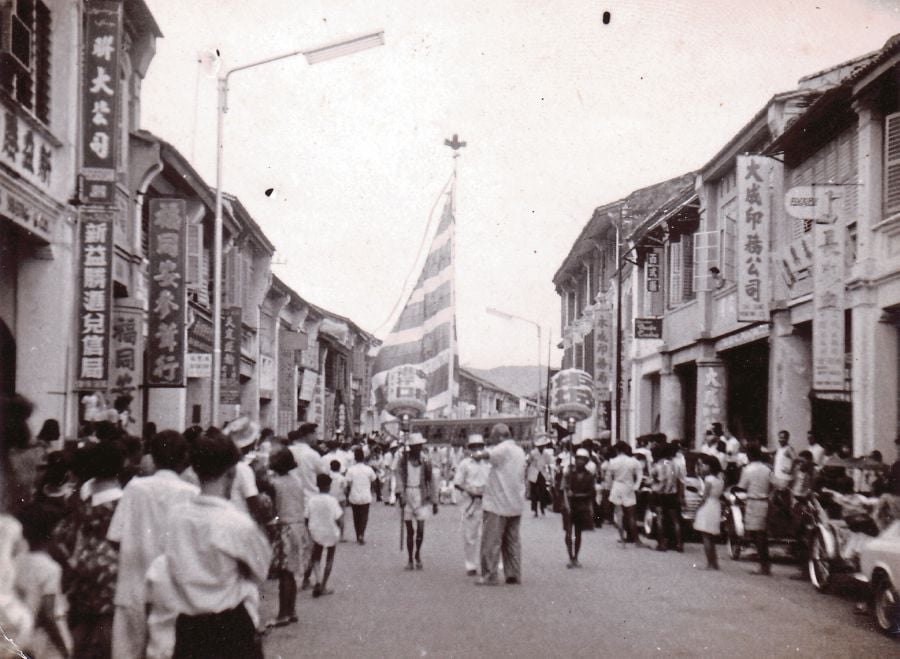
Extremely lucky to acquire this historically important cover together with several other related items during a visit to the British capital several months before the Covid-19 pandemic struck, I learned from the Strand Stamp Fair vendor at the Royal National Hotel that the items were purchased just weeks earlier from a fellow dealer, who finally shuttered after five decades.
During that same trip, I managed to track down Colonel Day's former home at Wilton Place, Knightsbridge, using the address in a sizeable stack of correspondences from the former Loh residence but, alas, ownership had long changed hands and hopes of acquiring more documents and photographs related to Alor Star's history ended in tatters.
Despite the setback, my resolve remained unwavered in hopes of gaining a better understanding of our nation's exciting 20th century history and reliving key events that took place decades ago just like the well-attended Coronation Chingay procession held for two consecutive days starting from June 2, 1953.
On both days, the elaborate procession weaved through every major street in George Town starting from the Chinese Town Hall in Pitt Street (now Jalan Masjid Kapitan Keling) at noon before returning to the same venue at 7pm. Making regular stops along the 40km crowd-filled route, the sizeable parade consisted of 21 separate groups with each comprising 13 independent associations.

MULTIRACIAL CONTRIBUTIONS
Besides the usual chingay bands and towering flag-bearing troupes, key highlights, like traditional orchestra ensembles as well as captivating lion and dragon dance performances, reminded spectators of the time when 19th-century Chinese immigrants first brought this elaborate street parade to Penang.
Starting off as a religious festival devoted to deities like the Goddess of Mercy, it evolved over the years to become a comprehensive community-centric celebration whose lavishness grew in tandem with the colony's rapid growth.
The early 20th century saw the chingay parade's gradual incorporation into processions held to commemorate special occasions beginning with King George V's coronation in 1911.
While those early parades depended on carts and carriages to carry elaborately decorated platforms, the introduction of motorised vehicles in the later years saw post-war parades like the 1953 Coronation Chingay feature stunning representations mounted on motorised vehicles as elaborate floats.
As the coronation festivities coincided with the Muslim fasting month, activities involving the community were held primarily in the evenings after iftar at sunset and terawih prayers. Despite abstinence from food during the day, the Malay community showed commendable determination and diligence to put up a truly breathtaking illuminated procession that contrasted stunningly with the darkened George Town background.
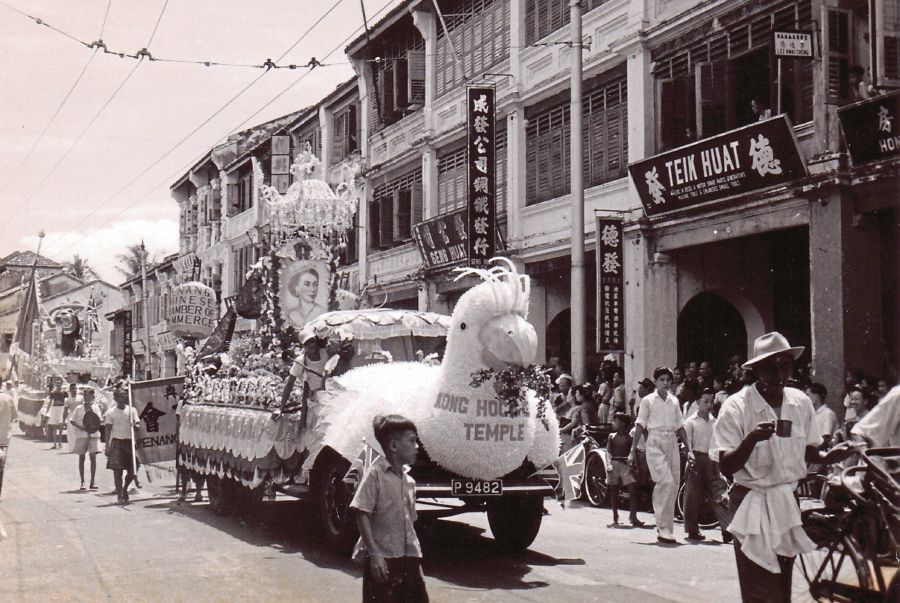
Commencing from the Muslim community-sponsored Taj Mahal arch at Buckingham Street, the decorated vehicles closely traced the route used by the chingay procession earlier in the day before returning to the same starting point in the wee hours of the morning. Along the way, the lighted vehicles mesmerised the crowds while musical orchestras and boria troupes entertained them with a myriad of songs and dances.
Not to be outdone by their island-based counterparts, communities in Province Wellesley also put up commendable programmes to celebrate the joyous occasion.
Starting off with the ceremonial parade and march past at the Butterworth Recreation Ground on Coronation Day, other highlights included gift presentations at homes for the aged and government hospitals, food distributions at several kampung and new villages, complimentary Malay, Indian and Chinese movie screenings at St Mark's school field and Quran reading competitions at village surau and mosques.
The Butterworth Recreation Ground continued hosting additional activities in the days that followed when people from all walks of life converged to watch the Province Wellesley Estates final league match, fancy dress football competition, as well as a series of scout jamborees and camp fires.
Meanwhile, members of the public also made a beeline for nearby Bukit Mertajam to take part in joget dances and witness interesting Malay sandiwara (drama), Indian drama and Chinese wayang performances at the town padang (field). An overwhelming feeling of camaraderie enveloped the venues as everyone joined in to make the events a resounding success.
Festivities finally came to a close when fireworks flew over George Town and lit up the Penang night sky with a myriad of dazzling colours on the evening of June 7, 1953.
In the midst of the joyous fanfare, few would have imagined that just a little over four years later a determined prince from neighbouring Kedah would spell the end of colonial rule and lead the way for Malaya to claim its rightful place among the commonwealth of free nations of this world.


